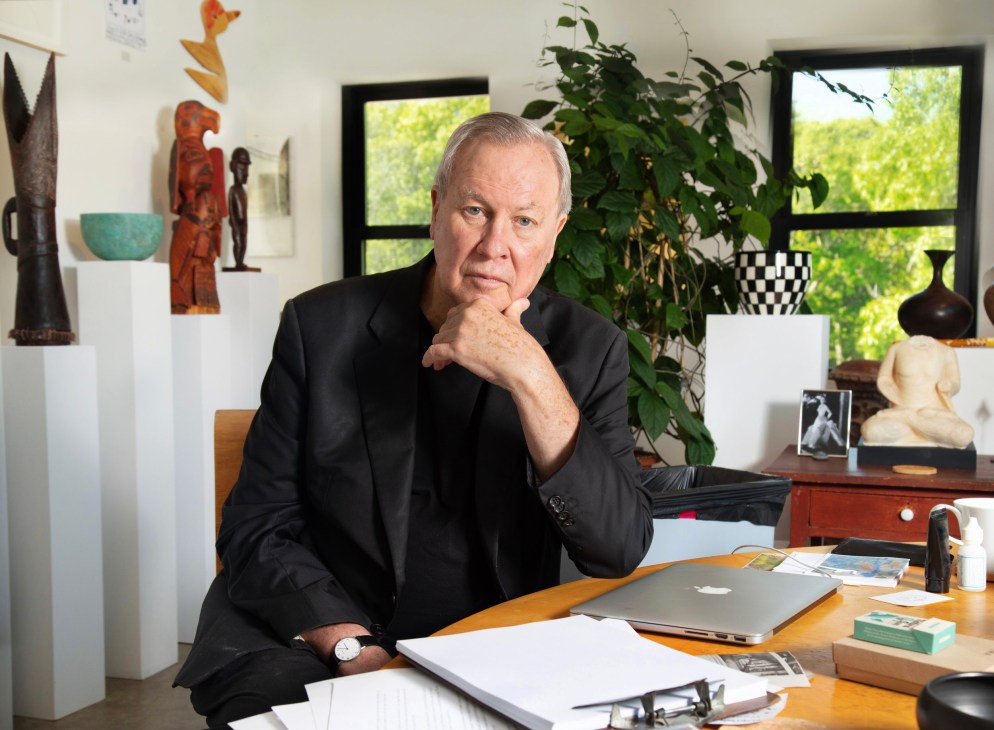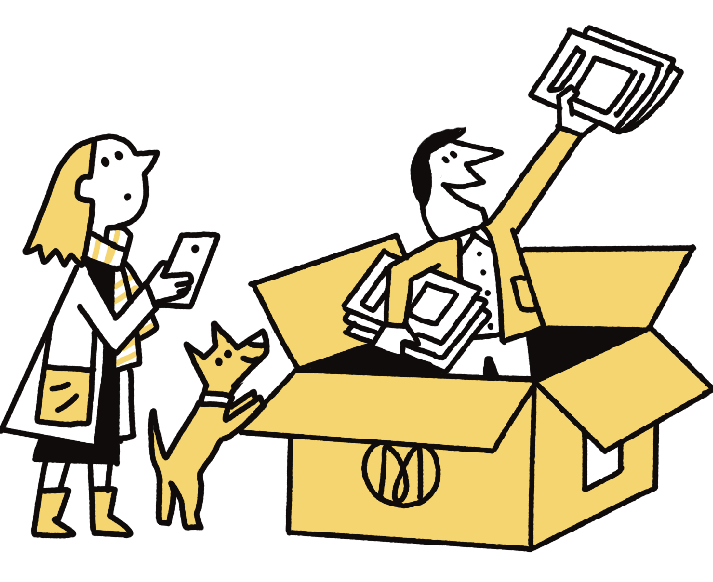Interview: US playwright Robert Wilson
The stage director on rewriting the script of the design world.
US playwright and stage director Robert Wilson’s CV also includes sound design, choreography and visual art. So it shouldn’t come as a surprise to find Wilson in a mutual embrace with the design world. At Salone del Mobile he will present a light installation, “Mother”. The 30-minute sequence of music, light and imagery will cycle continuously in the same space as Michelangelo’s “Pietà Rondanini”, an unfinished sculpture the artist worked on from 1552 until his death in February 1564.

‘Mother’ exists in dialogue with an unfinished sculpture by one of the most highly regarded artists ever. What challenges does that context present?
You have to respect the master – especially someone like Michelangelo. I also have to respect Arvo Pärt, the composer whose music is part of the piece. At the same time, you have to be careful not to become a slave to the work. You have to find a balance that enables you to do something as yourself.
What can visitors to ‘Mother’ expect to encounter when they arrive?
The works by Pärt and Michelangelo aren’t timeless; they’re full of time. In response, I’m trying to create a space that’s full of time.
What role does The Watermill Center play in your work?
It’s a laboratory for creative thinking that’s open to everyone. The Center testifies to the fact that one of the few things that remains throughout time is art. If you look back 5,000 years, what do you see? You see artefacts – of the Mayans, the Egyptians and the Romans. Five thousand years from now, if anything from our time remains, it will be artefacts. The most pressing current affairs right now will be small footnotes in history. But art and culture are things that last.
In your mind, is there a meaningful distinction between art and design?
I see no difference between art and design. A line is a line. Space is space. If you’re Matisse, you’re drawing a line; if you’re Michelangelo, you’re drawing a line; if you’re designing a dress, you’re drawing a line. And there are only two kinds of lines in the entire universe: straight and curved. You have to decide how you want to arrange them.



